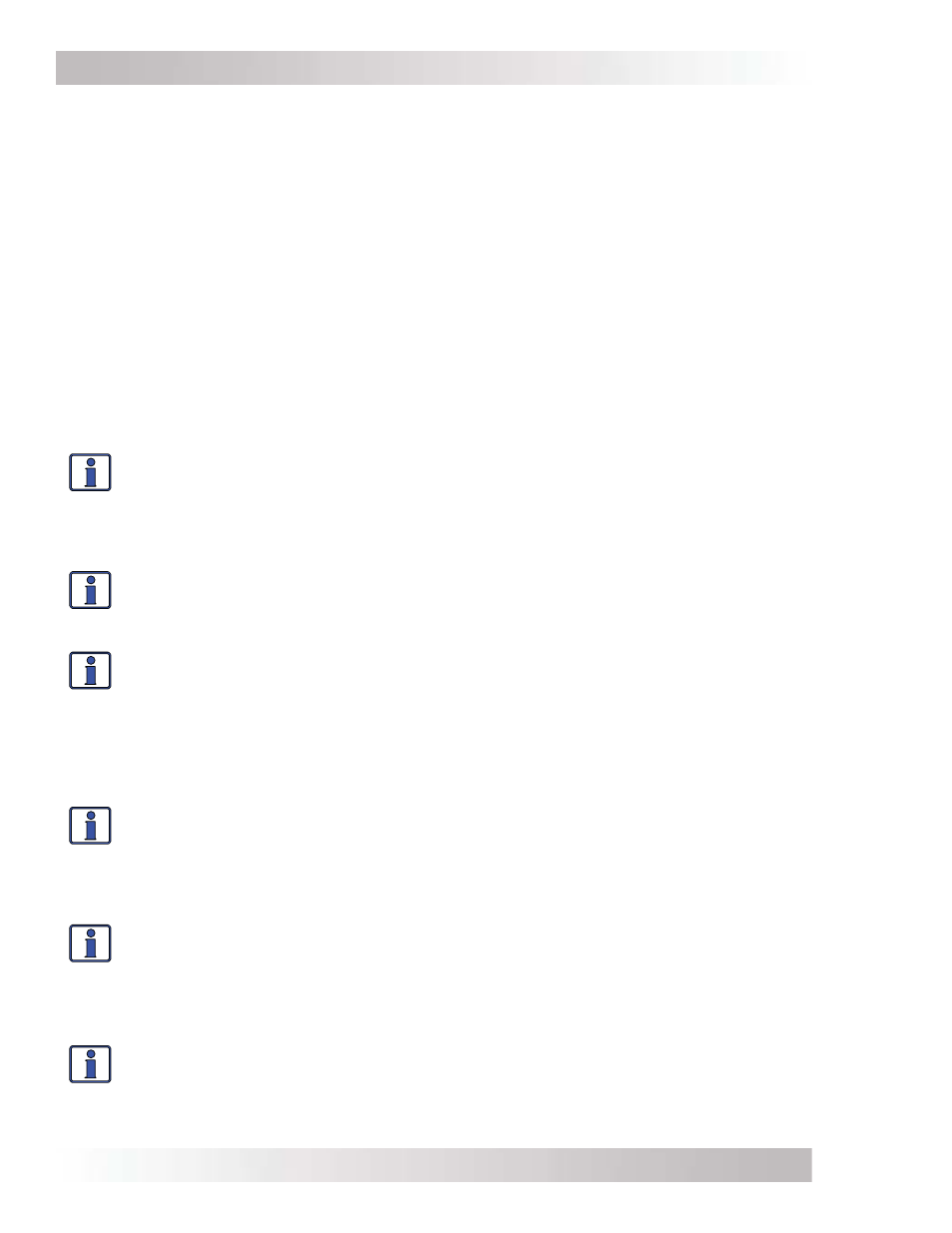Magnum Energy AC Load Diversion Controller (ACLD-40) User Manual
Page 31

©
2015 Sensata Technologies
Page 24
Operation
The excess current is fi rst diverted to the primary diversion load, which could be sized to absorb
the full power output from the renewable energy source without turning off. However, if the
primary load is designed or confi gured to turn off (such as a water heater with a thermostat), or
sized smaller than required to handle the full diverted current—the battery voltage would begin
to rise above its regulated voltage setting. In this case, a secondary load must be connected that
can handle the excess current.
When the primary load is too small or is no longer present (e.g., turned off), the ACLD closes an
internal relay to connect a secondary load in parallel with the primary load. The secondary load
must be sized to handle the full power output from the renewable energy source without turning
off. This secondary load will stay connected until there is no longer any power that needs to be
diverted (i.e., PV at night, all the current from the energy source is consumed by the critical loads,
etc.). Whenever the secondary load disconnects, the ACLD begins diverting excess current only
to the primary load. If the battery voltage begins to rise above the regulated setting, the ACLD
will reconnect the secondary load again. This cycle continues in an effort to ensure the battery
voltage is regulated until the utility power returns.
Once the utility power returns, the MS-PAE Series inverter reconnects to the utility power and
begins to monitor and charge the battery bank. The MS-PAE Series inverter communicates to the
ACLD controller that it is charging, causing the controller to return to Inactive mode.
Info: While in the Float regulation stage (either Standby-Float or Active-Float), if the
batteries fall to the rebulk voltage level (<25.6 VDC/24-volt systems, or <51.2 VDC/48-
volt systems), another Bulk/Absorption Charge stage will start. After the Absorption
stage is fi nished, the ACLD allows the voltage to fall to the Float stage again. This Float
to Bulk to Absorb and back to Float cycle continues as long as it is required to ensure
the batteries are continuously charged.
Info: The secondary load is used as a back-up to the primary load and must be sized
to absorb the full power output from the renewable energy source without turning off.
It must be available and always stay on (can not turn off) in case the primary load
happens to turn off or is no longer available.
Info: During the Standby and Active modes, the ACLD uses the same Absorb and Float
voltage regulation setpoints that the MS-PAE Series inverter uses while charging. These
regulation setpoints change based on temperature when a BTS (Battery Temperature
Sensor) is connected to the inverter. With a BTS connected, the actual voltage level
increases if the temperature around the BTS is below 77°F (25°C) and decreases if
higher than 77°F (25°C). This ensures the batteries receive the correct voltage level
regardless of temperature. See the owner’s manual for your MS-PAE Series inverter to
determine the amount of change to the voltage level based on temperature.
Info: Once Standby mode has been initiated, the ACLD determines the initial regulation
stage. If the battery voltage is greater than 25.6 volts for a 24-volt inverter system
(>51.2 VDC for a 48-volt system), the ACLD will skip the Bulk/Absorb stages and go
directly to the Float stage (Standby-Float). If the battery voltage is 25.6 volts or less
for a 24-volt inverter system (or ≤51.2 VDC for a 48-volt system), the ACLD goes to
the Bulk stage (Standby-Bulk).
Info: The ACLD controller monitors the battery voltage to help determine when to start
regulating the current—from the renewable sources connected to the AC side of the
system—to the battery. Even though the ACLD monitors battery voltage, if there is an
external charging source (i.e., PV or hydro) connected directly to the battery, a voltage
regulator/controller (different and independent of the ACLD) must be connected on the
DC side to prevent the batteries from being overcharged.
Info: The internal relay will close and connect the secondary load if the primary load
is open or less than 4kW. Once this relay has closed, it will stay closed until there is
no longer any power that needs to be diverted (i.e., PV at night, all the current from
the energy source is consumed by the critical loads, etc.) or determines that there is
to much current being drawn.
